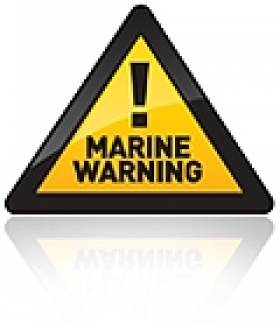Displaying items by tag: Portmarnock Beach
Body Found On Portmarnock Beach Is Week's Second Grisly Discovery
#Crime - The Irish Times is reporting that a body has been discovered on Portmarnock Beach in North Dublin this morning (12 September).
The news comes just two days after the body of a man in his 40s was found on Mornington Beach in Co Meath further up the coast.
Gardaí have since launched a murder investigation following that grisly find, according to RTÉ News.
Marine Notice: Cable Laying in Irish Sea Between Wales and Portmarnock
#MARINE WARNING - The latest Marine Notice from the Department of Transport, Tourism and Sport (DTTAS) advises mariners of cable laying operations in the Irish Sea from next week onwards.
The cable laying operations between Wales and Portmarnock Beach in north Co Dublin will commence on Thursday 25 October for approximately 14 days, subject to weather conditions. The works will be undertaken from the C/S Resolute (Call sign V7FF3) supported by the M/V Coastal Discovery (Call sign PBUZ).
Both vessels will display appropriate shapes and lights during the operations, and will keep a listening watch on VHF Channel 16 at all times.
Mariners are particularly advised to note that small craft will also be supporting the main operations vessels in the immediate area of Portmarnock Beach. These craft will have VHF communications, and their movements will be co-ordinated by the main vessels.
In addition, divers will be operating between Portmarnock Beach and the cable laying vessel within the approved corridor for these work and to a maximum distance of 6.5km from the shore.
All vessels, particularly those engaged in fishing, are requested to give all vessels involved in these operations a wide berth.
Full details of co-ordinates are included in Marine Notice No 59 of 2012, a PDF of which is available to read or download HERE.































































